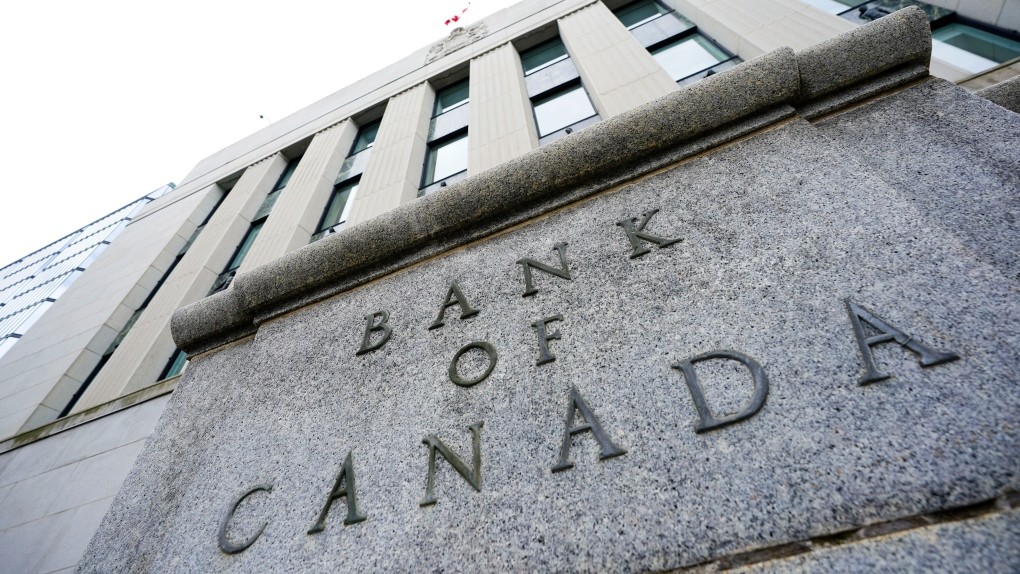As we move into the second quarter of 2023, the Bank of Canada (BoC) has announced its decision to hold interest rates steady amidst cooling inflation and financial turmoil. The decision comes as a response to a series of economic indicators that suggest that the Canadian economy is facing a period of uncertainty and slowing growth.
Economic Indicators Signal Cooling Inflation
One of the primary reasons behind the BoC’s decision to hold rates steady is the slowdown in inflation. Inflation in Canada has been trending downward in recent months, with the latest data showing an increase of just 0.7% in March 2023. This is significantly lower than the BoC’s target inflation rate of 2%.
This trend in inflation is attributed to a range of factors, including a slowdown in the global economy, a decrease in oil prices, and the impact of the COVID-19 pandemic on consumer behavior. The BoC has acknowledged that these factors are causing inflation to remain below target, but it remains confident that inflation will return to target levels in the medium term.
Financial Turmoil Adds to Economic Uncertainty
In addition to the slowdown in inflation, the Canadian economy is also facing a period of financial turmoil. The latest economic data shows that the Canadian dollar has weakened against the US dollar, while stock markets have experienced volatility in recent weeks. This is due to a range of factors, including geopolitical tensions, rising interest rates in the United States, and concerns about the impact of the pandemic on the global economy.
This financial turmoil is adding to the uncertainty faced by the Canadian economy, as businesses and consumers alike are grappling with an increasingly complex economic landscape. The BoC’s decision to hold rates steady is intended to provide some stability in this environment, helping to support economic growth and prevent further volatility.
BoC Signals Confidence in Medium-Term Economic Outlook
Despite the challenges facing the Canadian economy, the BoC remains confident in the medium-term economic outlook. The Bank’s latest projections suggest that inflation will return to target levels in the medium term, while economic growth is expected to remain steady at around 2%.
This confidence is based on a range of factors, including the strength of the Canadian financial system, the country’s natural resources, and its highly educated workforce. The BoC also notes that recent policy measures, including increased investment in infrastructure and support for small businesses, are expected to help support economic growth in the medium term.
My Final Thoughts
In summary, the Bank of Canada’s decision to hold rates steady comes amid a period of uncertainty and slowing growth in the Canadian economy. The slowdown in inflation and financial turmoil are contributing to this uncertainty, but the BoC remains confident in the medium-term economic outlook. The Bank’s decision is intended to provide stability and support economic growth, as businesses and consumers navigate an increasingly complex economic landscape.










